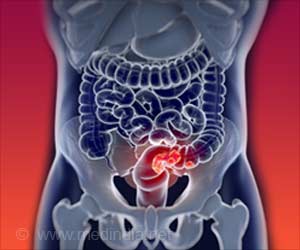Metabolic phenotyping of blood plasma by proton nuclear magnetic resonance (H-NMR) identified unique metabolic biomarkers specific to lung cancer patients.

TOP INSIGHT
Metabolic phenotyping of blood plasma identified biomarkers specific to lung cancer patients and allowed for accurate identification of patients with lung cancer.
Researchers from Belgium recruited 357 lung cancer patients from the Limburg Positron Emission Tomography Center and the Department of Respiratory Medicine of the University Hospitals Leuven and 347 control non-cancer patients from Ziekenhuis Oost-Limburg. The cancer patients and non-cancer patients were subdivided into two cohorts, a training cohort whom they used to scan for metabolic variances and a validation cohort used to validate the model and methods. Fasting venous blood was collected from each patient and analyzed using H-NMR for metabolic differences between the cancer and non-cancer groups.
The results published in the Journal of Thoracic Oncology identified increased levels of several metabolites in cancer versus non-cancer patients including glucose, N-acetylated glycoproteins, leucine, lysine, tyrosine, threonine, glutamine, valine, and aspartate, and decreased levels of alanine, lactate, sphingomyelin, phosphatidylcholine, citrate, and other phospholipids. Based on the metabolic variances observed, the model classified 78% of the lung cancer patients and 92% of the controls correctly with an AUC of 0.88. The model had a sensitivity of 71% and a specificity of 81% with an AUC of 0.84, however, was unable to discriminate between histological subtypes and tumor stages.
The authors comment that, "This paper validates H-NMR metabolic phenotyping of blood plasma as a complementary tool to discriminate between lung cancer patients and controls. Our findings indicate that while metabolic alterations can be detected at an early stage. Our intent is not to use the metabolome as a separate screening tool but to complement current risk models with additional parameters to better select high-risk individuals eligible for LDCT screening."
Source-Eurekalert
 MEDINDIA
MEDINDIA




 Email
Email










